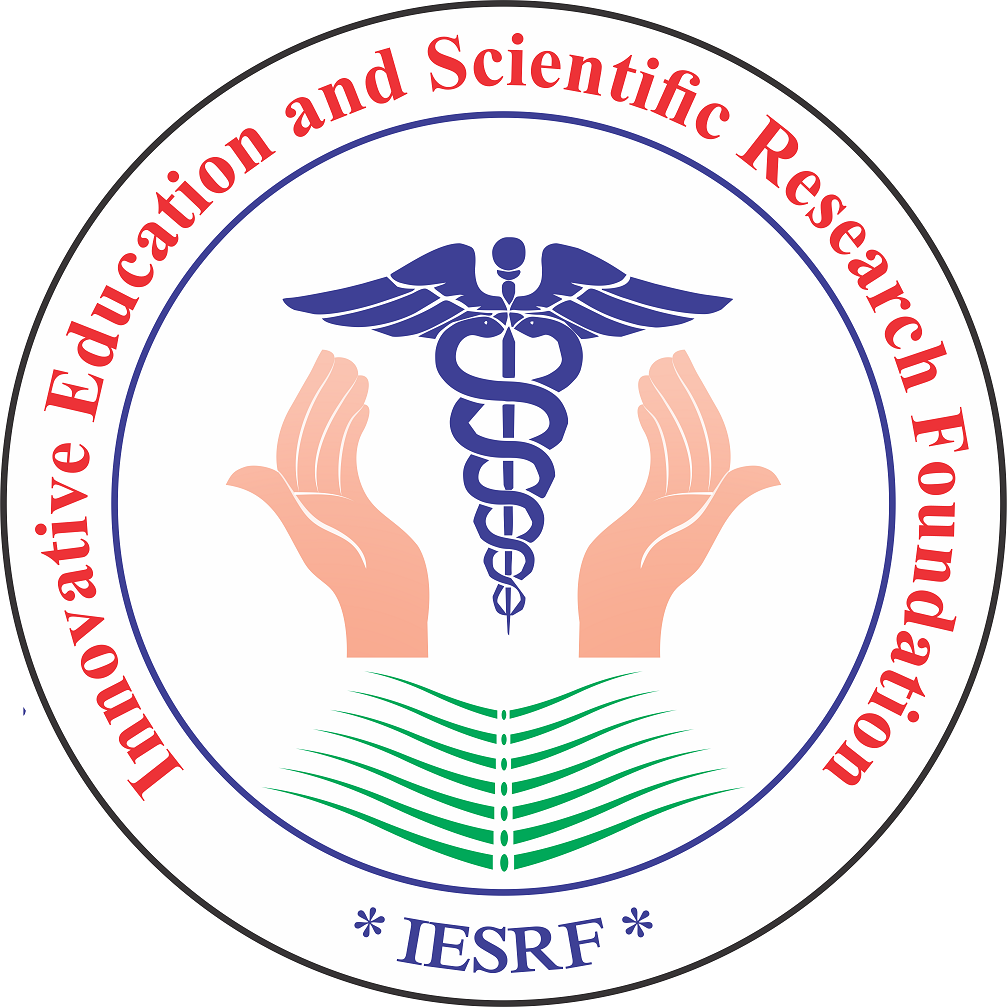Aim: The objective is to analyse the prevalence and patterns of impacted mandibular third molars and their correlation with related pathological conditions. These insights are valuable for general dentists and oral and maxillofacial surgeons as they emphasize the variety of cases observed in a dental hospital setting and enhance patient awareness.
Materials and Methods: The data for this study were sourced from the dental department's records from January 2023 to December 2024. Data collection was conducted through OPG assessments and clinical examination records. All collected data were systematically tabulated using Microsoft Excel and analysed using the SPSS 20 software.
Result: This study analysed 200 patients with impacted mandibular third molars, comprising 98 males and 102 females. The patients' ages ranged from 18 to 55 years, with the highest prevalence observed in the 21–25 age group. Angulation analysis indicated that mesioangular impaction was the most common type. Regarding classification, a higher incidence of Class II relation and Level C of impaction was the most frequently encountered. The most commonly observed pathology linked to impacted mandibular third molars was root resorption of the second molar, followed by caries in the second molar, periodontal pockets, pericoronitis, caries third molar, and cyst/tumour formation.
Conclusion: This study identified 200 cases of impacted mandibular third molars. Comparisons with previous research demonstrated similarities in gender distribution, age range, angulation, and impaction patterns. Genetic and racial factors may influence these differences across global studies.
Keywords: Impacted mandibular third molar, Prevalence, Pell and Gregory, Winter’s classification, Pathologies associated with impacted mandibular third molar, Angulations, Class, Position.
